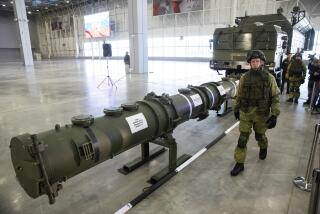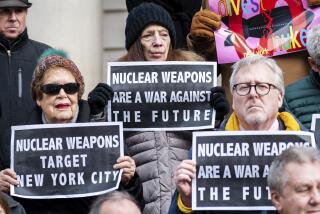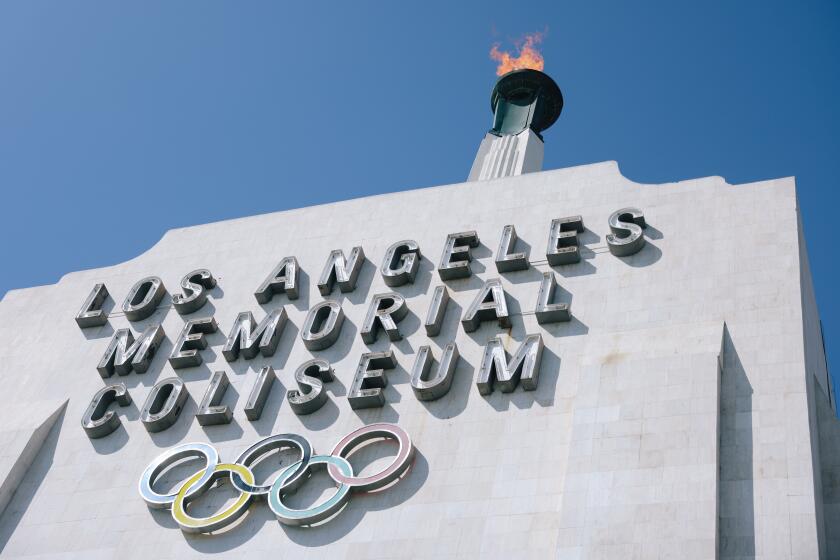Letters: Soviet-U.S. arms control
- Share via
Re “Trying too hard to deal with Iran,” Opinion, June 6
Ray Takeyh’s thoughtful historical narrative and implications for Iran mischaracterizes one bit of history.
Takeyh implies that the Cuban missile crisis steered the Soviet Union and the United States on to a course of arms control. That’s the lore, but it is not quite what happened. Caught with its pants down as nuclear deficient during the crisis, the Kremlin determined never again to be put into a position where Washington could dictate terms.
Following the crisis, Moscow dramatically increased investment in the bomb, expanding its strategic nuclear arsenal from about 500 warheads in 1962 to its peak of 12,000 in 1989. The U.S. went from about 7,000 in 1962 to its peak of nearly 15,000 in 1987.
By the time the Nixon administration took over, this growing, costly and concerning overkill capacity stimulated the serious arms limitation talks that followed — but even after that, the superpower arsenals remained remarkably high.
Bennett Ramberg
Los Angeles
The writer served in the State Department’s Bureau of Politico-Military Affairs in the George H.W. Bush administration.
ALSO:
Letters: NSA snoops and freedom
Letters: Life on skid row isn’t free or easy
Letters: The military’s sex assault problem
More to Read
A cure for the common opinion
Get thought-provoking perspectives with our weekly newsletter.
You may occasionally receive promotional content from the Los Angeles Times.










